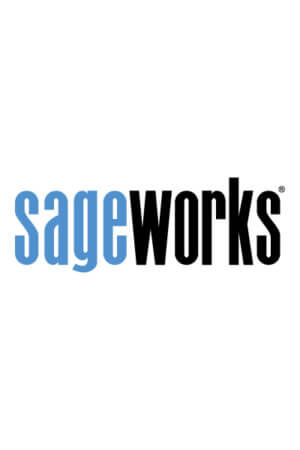The most asked questions on global cash flow analysis: passive v. non-passive income/loss
During a recent Sageworks webinar, Linda Keith, CPA, covered the top questions she gets from bankers on k-1’s, pass-throughs and global cash flow analysis. Keith collected data from her website, where articles answering these questions collectively received over 66,700 views.
Keith’s most viewed article on her site, with over 21,400 views, is “What does it mean when the k-1 income/loss is listed as ‘passive’ instead of ‘non-passive’”? Keith averages 60 people on her site per day looking for insight on this question.
Passive
In the webinar, Keith began answering this question by showing a page from a sample 1040 tax form, where she has highlighted the ‘passive’ and ‘non-passive’ sections of the schedule E. The first thing she has participants in her training sessions do is scratch out where the form says ‘passive’ and write in ‘investor’. She explains that you should think of this as investment activity, not active management of the business. For passive investments, there is unlikely to be debt related to the businesses.
Non-Passive
Alternatively, Keith says to look at “non-passive” and substitute in “active.” These are the businesses where the individual is actively involved in management, and is more likely to have debt related to the business.
Keith points out that for document collection, defer to the guidelines at your institution. However, Keith notes, “the place that you’re going to see the greater risk and the greater likelihood of guaranteed payments is on the non-passive side.”
Understanding risk with pass-throughs
Keith also emphasizes that it is important to remember that both passive and non-passive income/loss in this situation are pass-through, they are not cash flow. Neither of these numbers represent money actually received. By knowing which is passive and which is non-passive, you can understand which businesses are actively managed, and your guidelines will tell you whether to go get the full tax return for each business or just the k-1.
View the webinar recording to see Keith’s answers to all 15 questions.
Additional Resources
Maintaining Credit Quality During Periods of Growth
Commercial Real Estate Lending Best Practices
Sageworks Credit Risk Solution
With Sageworks Credit Risk Solution, banks and credit unions benefit from best-in-class credit risk analysis that accurately measures risk in a relationship at origination and throughout the life of the loan.


